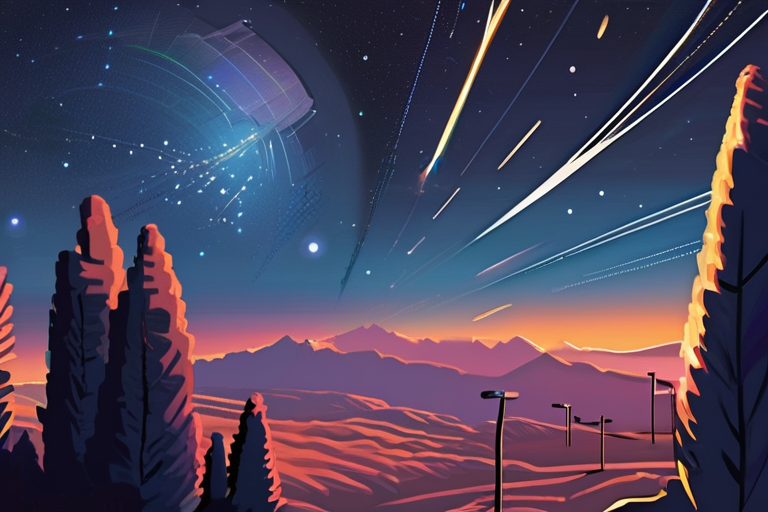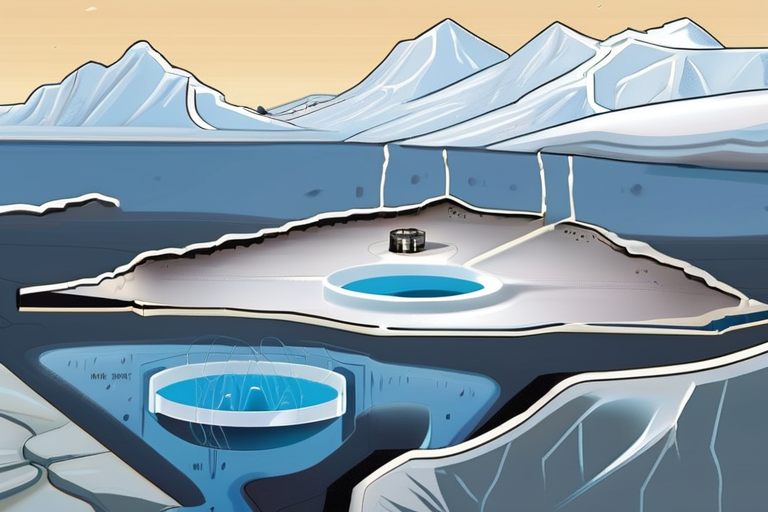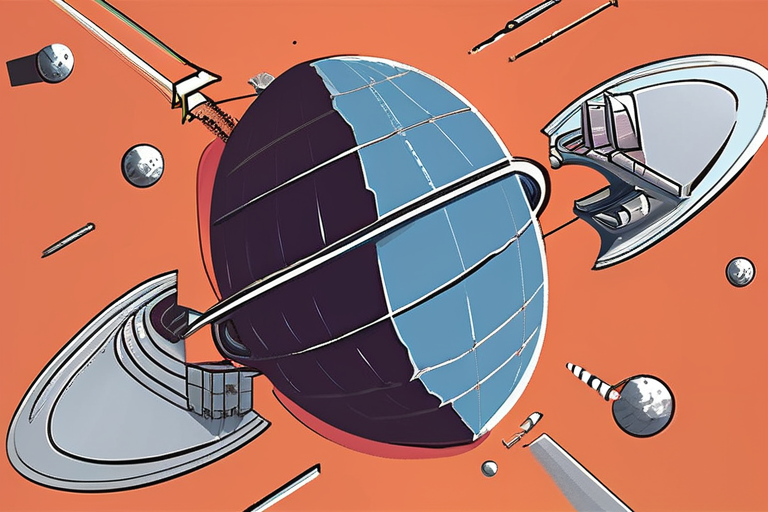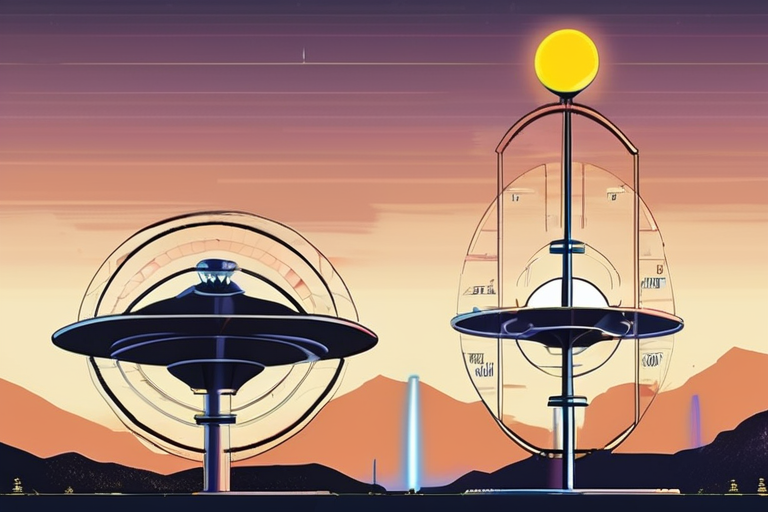Starlink Satellites Ignite Night Skies Across California and Canada


Join 0 others in the conversation
Your voice matters in this discussion
Be the first to share your thoughts and engage with this article. Your perspective matters!
Discover articles from our community

 Hoppi
Hoppi

 Hoppi
Hoppi

 Hoppi
Hoppi

 Hoppi
Hoppi

 Hoppi
Hoppi

 Hoppi
Hoppi

Satellite Companies Like SpaceX Ignored Astronomers' Calls to Save the Night Sky A recent study has revealed that satellite constellations …

Hoppi

The Download: Our Thawing Permafrost and a Drone-Filled Future A recent study has revealed that scientists can now track Earth's …

Hoppi

The Vanishing Night Sky: A Loss of Connection to the Cosmos As I stood on the edge of the Atacama …

Hoppi

Breaking News: Northern Lights Alert Issued for U.S. as Sun's Geomagnetic Storm Intensifies A rare and intense geomagnetic storm is …

Hoppi

The Space Junk Tipping Point: Is Orbit Becoming Too Treacherous for Satellites? As the sun rises over the bustling streets …

Hoppi

Astronomers Pinpoint Possible Culprit Behind Ancient Cosmic Ray Spike In a groundbreaking discovery that has sent shockwaves through the scientific …

Hoppi